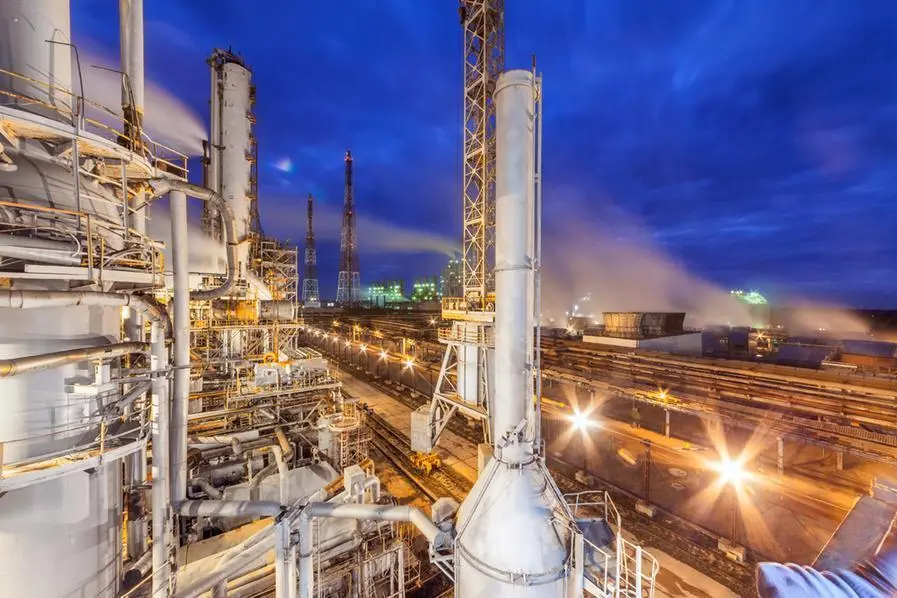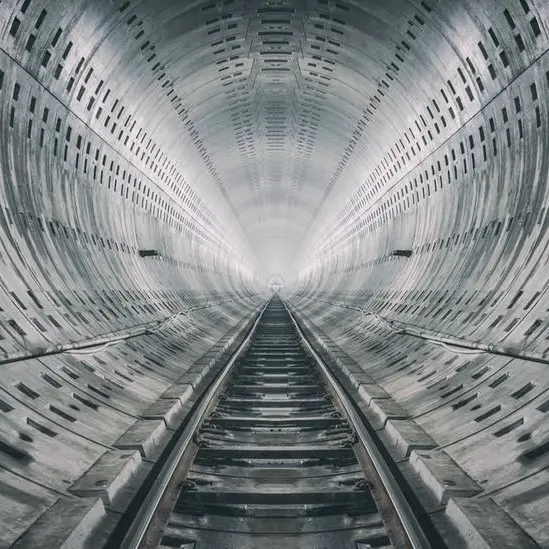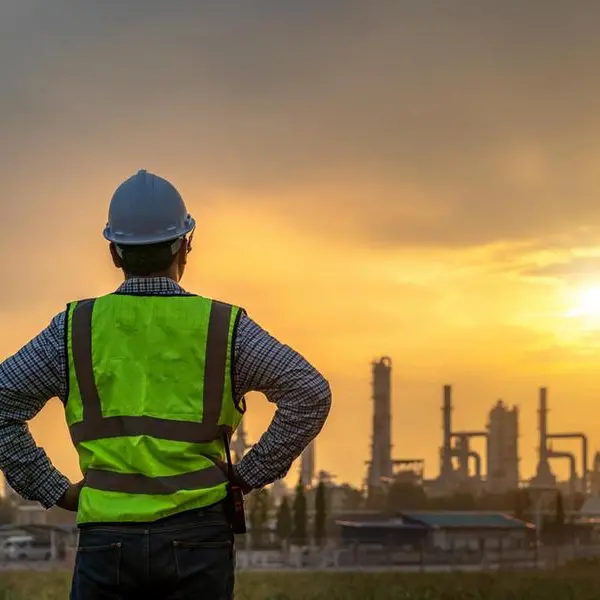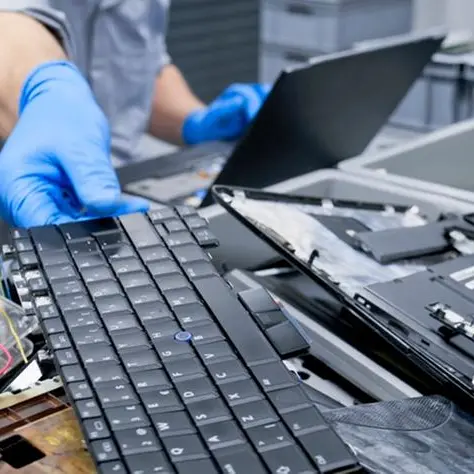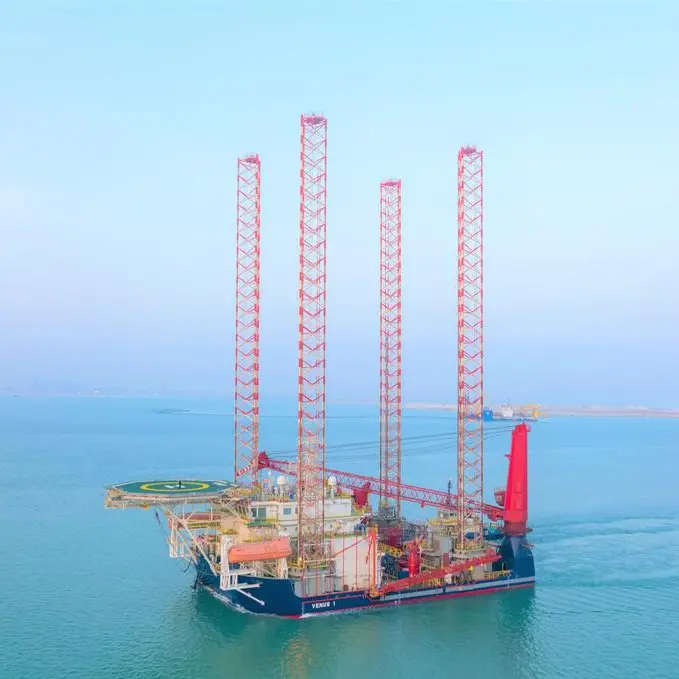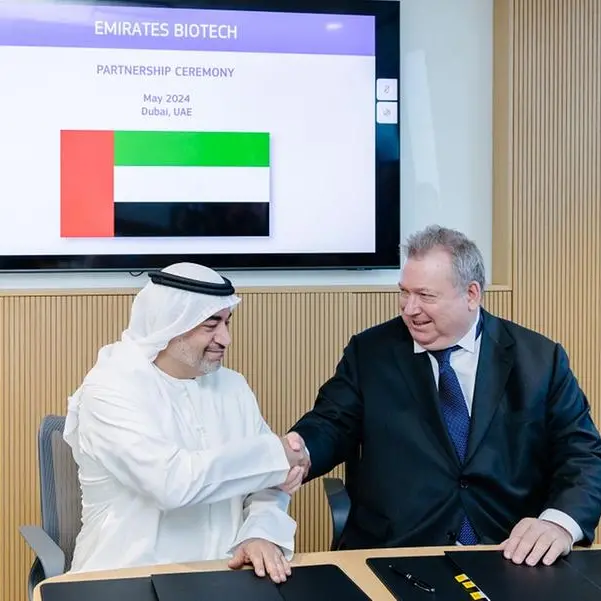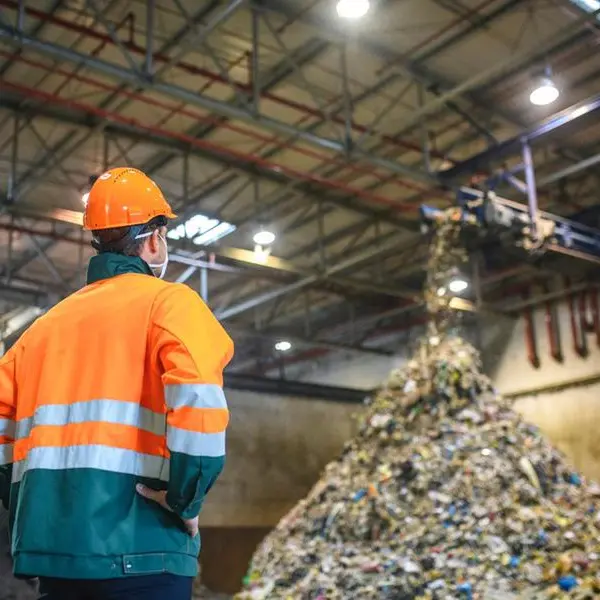PHOTO
ENGIE, a global leader in low carbon energy and services, says it envisions a sizable role for itself in both the upstream and downstream components of a mega green ammonia project planned for development in a land block awarded by the Sultanate of Oman last month.
A consortium jointly headed by ENGIE and Korean steel conglomerate POSCO won the 340 sq kilometre land block in Duqm in a public auction overseen by Hydrom, the orchestrator and master planner of Oman's green hydrogen industry. Other partners in the consortium include Samsung Engineering, Korea East-West Power Co (EWP), Korea Southern Power Co. (KOSPO), and FutureTech Energy Ventures Company Ltd (a subsidiary of PTTEP).
The consortium is committed to bringing into commercial production an integrated complex comprising upstream solar and wind based elements for renewable electricity generation, electrolysers and a downstream green ammonia plant with a capacity of 1.2 million tonnes per annum (mtpa) by 2030.
In remarks to the Observer, a top executive said ENGIE’s role in the project is not limited to the development of renewable electricity – a core strength of the French multinational utility company – but will also span green ammonia production at the downstream end.
“Our objective is to work on both sides (upstream and downstream),” said Frédéric Claux (pictured), ENGIE Managing Director - Flexible Generation & Retail, AMEA and Country Manager GCC. “Our partners have no experience in renewables, so we'll bring experience to develop the wind and the solar (components). But we clearly want to be involved in the H2 production and potentially what we call the Haber-Bosch process, which is the industrial facility for the production of ammonia. At the end of the day, we want to export the product, and ammonia is today a natural carrier for exporting the (green) molecules.”
Renewable electricity for the production of green hydrogen will come from massive arrays of solar and wind farms of a total installed capacity of 5 gigawatts (GW), supported by battery energy storage capacity (BESS). Also at the upstream end, electrolysers will produce around 200 kilotonnes of green hydrogen per annum. This hydrogen will be piped to downstream facilities in the Special Economic Zone at Duqm where it will be processed into green ammonia.
Both ENGIE and POSCO, as consortium leaders, will jointly have a 50 per cent controlling stake in the consortium, with the remaining 50 per cent shared among the consortium partners, said Claux.
Earlier, the executive described ENGIE’s participation in the Oman Green Ammonia Project as another milestone in the utility company’s lengthy presence in the Sultanate of Oman.
“As a global utility, we’ve been in Oman for the last 20 years; we operate a few power plants and water plants – w know the country, we have been established here for so many years. (And with the signing of the green ammonia project), we have embarked on a new trajectory. We have a Net Zero objective for 2045, and clearly, green hydrogen is part of this new trajectory and part of our strategy.”
ENGIE, said Claux, was excited to be part of the consortium because of the presence of a variety of partners each bringing a complementary set of skills and expertise to the project. Adding to its commercial appeal is the assurance of an offtaker in the form of POSCO, which has committed to lifting the green hydrogen output to decarbonize its steel operations in South Korea, among other locations around the world. Offtake commitments help in strengthening the bankability of the project, he stated.
2022 © All right reserved for Oman Establishment for Press, Publication and Advertising (OEPPA) Provided by SyndiGate Media Inc. (Syndigate.info).
